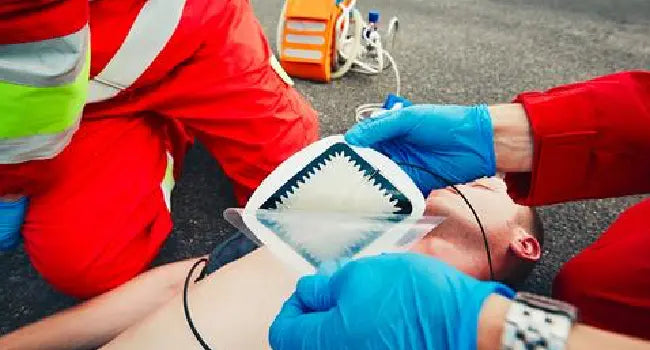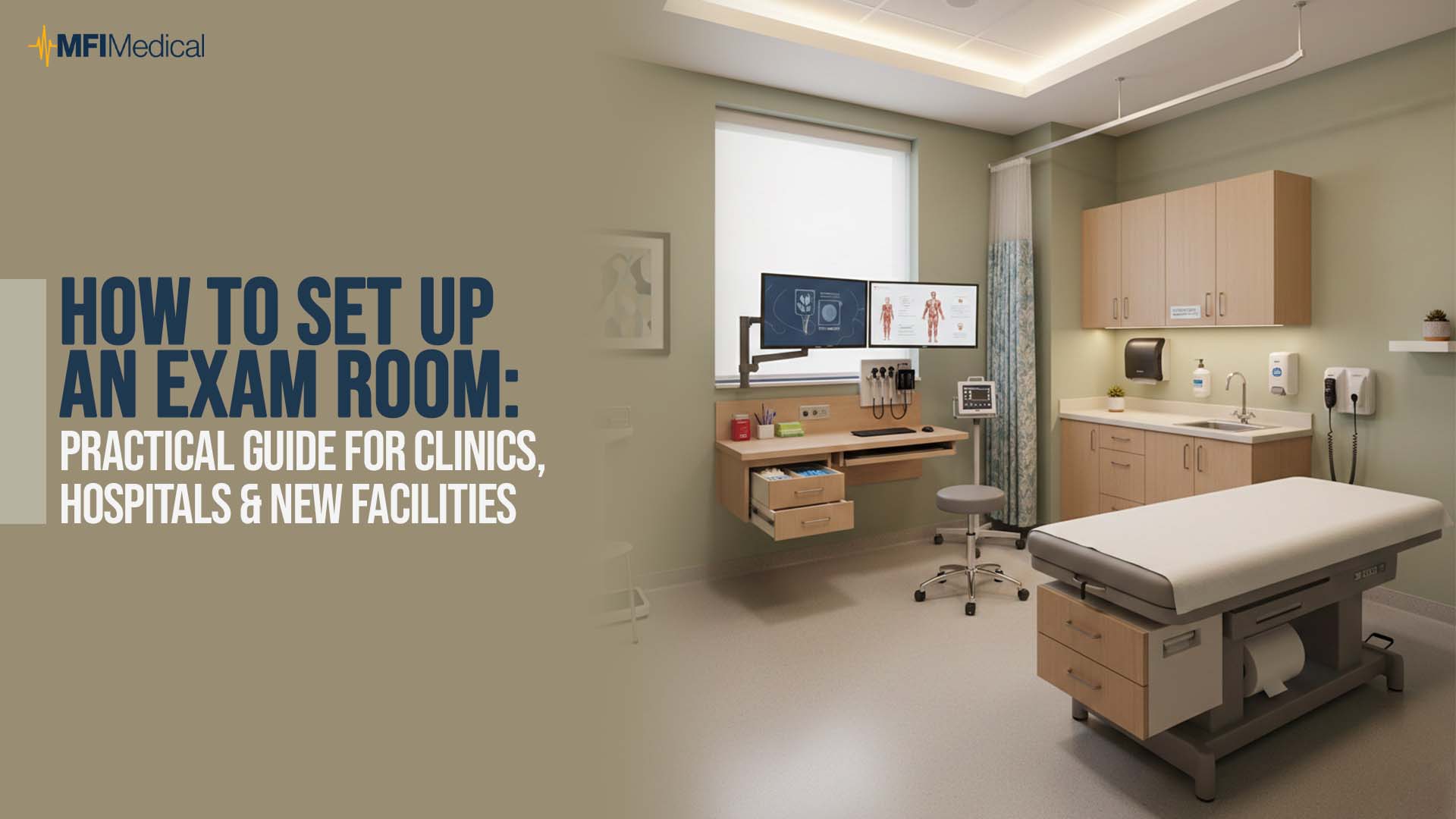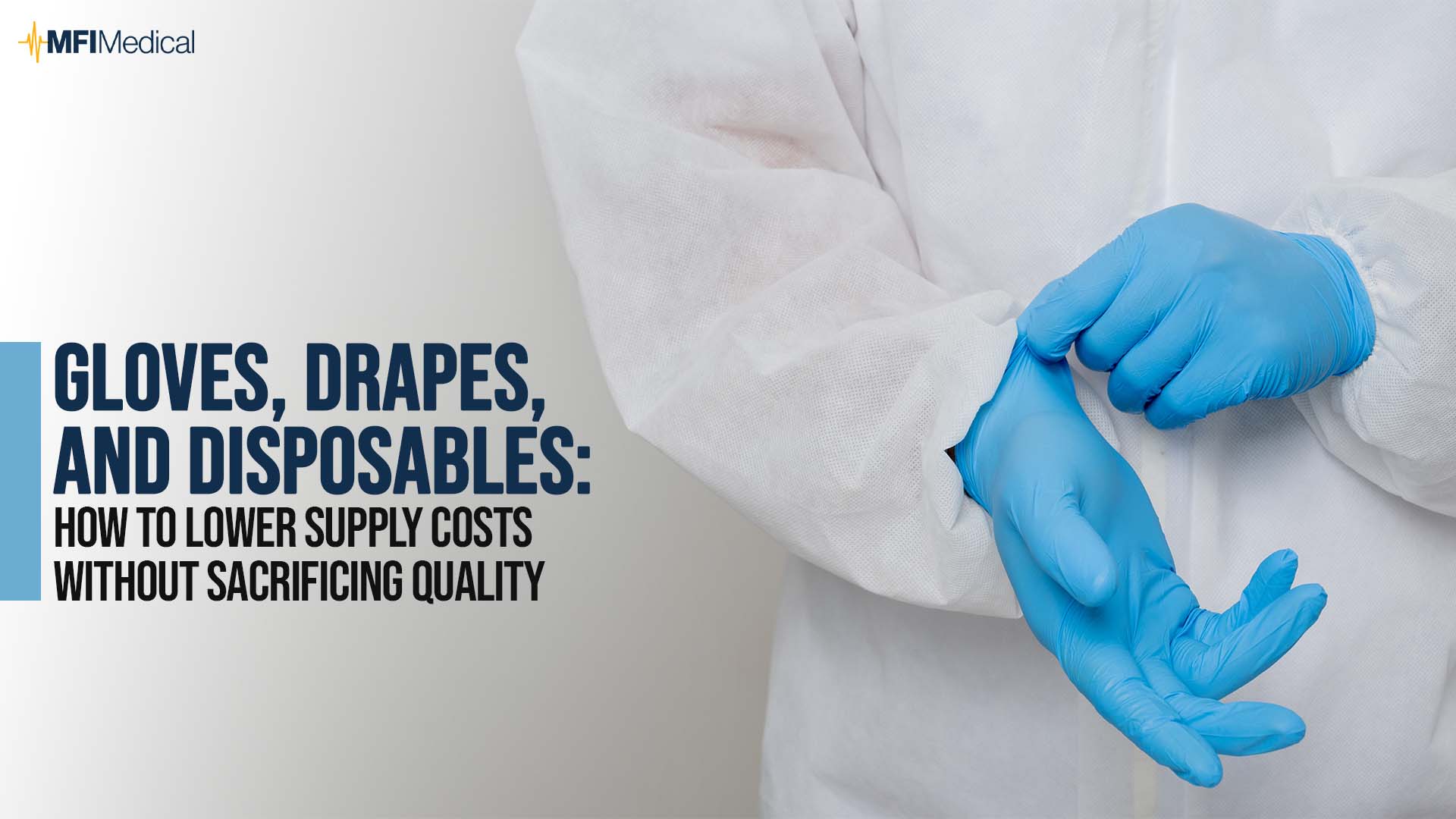Natural and man-made disasters can strike at any time. Hurricanes, tornadoes, and wildfires have caused devastating effects in their path and aftermath in terms of infrastructure, death, and disease. Emergency response teams and healthcare professionals around the world are adapting their equipment and protocols to be able to properly respond to a mass-casualty incident.
Medical Equipment in Disaster Situations
In 2017 hurricanes Irma and Harvey swept through the southern part of the United States, the Caribbean, and parts of Central America leaving behind mass destruction and casualties. The centers for disease control indicates that the damage inflicted by disasters in their aftermath can be just as catastrophic as the casualties caused during. The risk of death, injury, and disease rises significantly after a disastrous event. Heat and humidity, smoke inhalation, lethal fumes, electrocution due to downed power lines, debris, and sewage water that can carry diseases are just a few of the serious things first responders and medical personnel must keep in mind when dealing with the consequences of a disaster.
In the wake of hurricane Maria, also in 2017, that devastated Puerto Rico, Haiti, the Dominican Republic, among other Caribbean countries, doctors found themselves with limited resources. According to CNN Dr. Julian Truvino, a volunteer doctor on the ground in Puerto Rico, was unable to conduct a CT scan, but [he] was able to do an X-ray with the help of the right equipment. Emergency response teams must be ready to respond to such destruction by having adequate equipment and tools. Nearly 2,000 pounds of "portable ultrasounds, X-ray machines, and other critical medical supplies" and equipment were shipped to Puerto Rico in just one weekend during the aftermath of Maria.
Emergency Response Teams
Certain counties in the U.S. are responding to the rise of disaster incidents over the past several decades by establishing specialized emergency response teams and centers. During a disaster, it is imperative for various first response teams to be able to work effectively together in order to provide adequate care in a short amount of time. California saw one of its deadliest wildfires in the state’s history. The Tubbs fire burned through the Northern California county of Sonoma devastating 36,807 acres in its path. As published in the Journal of Emergency Medicine Services, the devastating Tubbs fire birthed The Sonoma County Healthcare Coalition, an established working group for disaster response made up of hospitals, skilled nursing facilities, dialysis centers, dispatch centers, EMS/Fire providers, urgent care centers, and specialty disaster systems. This coalition of healthcare providers responds to disasters in a collaborative way and plan ahead for mutual support during disasters. The collaboration and participation of various response teams creates the best environment to appropriately respond to an emergency.
Adequate Tools Equate to More Lives Saved

In the event of a disaster, it is no secret emergency rooms and treatment centers are inundated and trauma physicians find themselves with an overwhelming amount of patients to treat. In an emergency situation being prepared with the proper equipment can save time and lives. Portable and battery-powered equipment are imperative in situations where electricity or a proper treatment center is unavailable, as seen after hurricanes Irma and Harvey. Portable diagnostic ultrasounds (Dynatronics Dynatron 125 Portable Ultrasound pictured), portable bladder scanners, defibrillators, immobilization boards, and more are key pieces of equipment for any first response team.

First responders can prepare for a situation by training on a training defibrillator such as the Zoll AED Plus Trainer2. The AED Plus Trainer2 allows CPR and first aid instructors to have students experience what it's like to save a life with the AED Plus. Choose from four different fixed rescue scenarios or have complete manual control of the entire rescue.
Defibrillators, such as field favorite Zoll AED Pro Semi-Automatic, provide treatment for life-threatening cardiac dysrhythmias. This defibrillator's display is configured with Real CPR Help and See-Thru CPR technology that allows the rescuer to see depth and rate of compression as well as monitor underlying ECG rhythm while performing CPR.

The Stryker Stair-PRO 6252 Stair Chair features an innovated Stair-TREAD system that allows medics to transport a patient down stairs without lifting. This greatly reduces the risk of operator injury as well as allows first responders to transport patients in hard to reach stairwells.
You can find all of MFI's emergency medicine collection here.
Editor’s Note: Information, prices, and products are subject to change. Please visit product listings or contact MFI for most up to date information.




